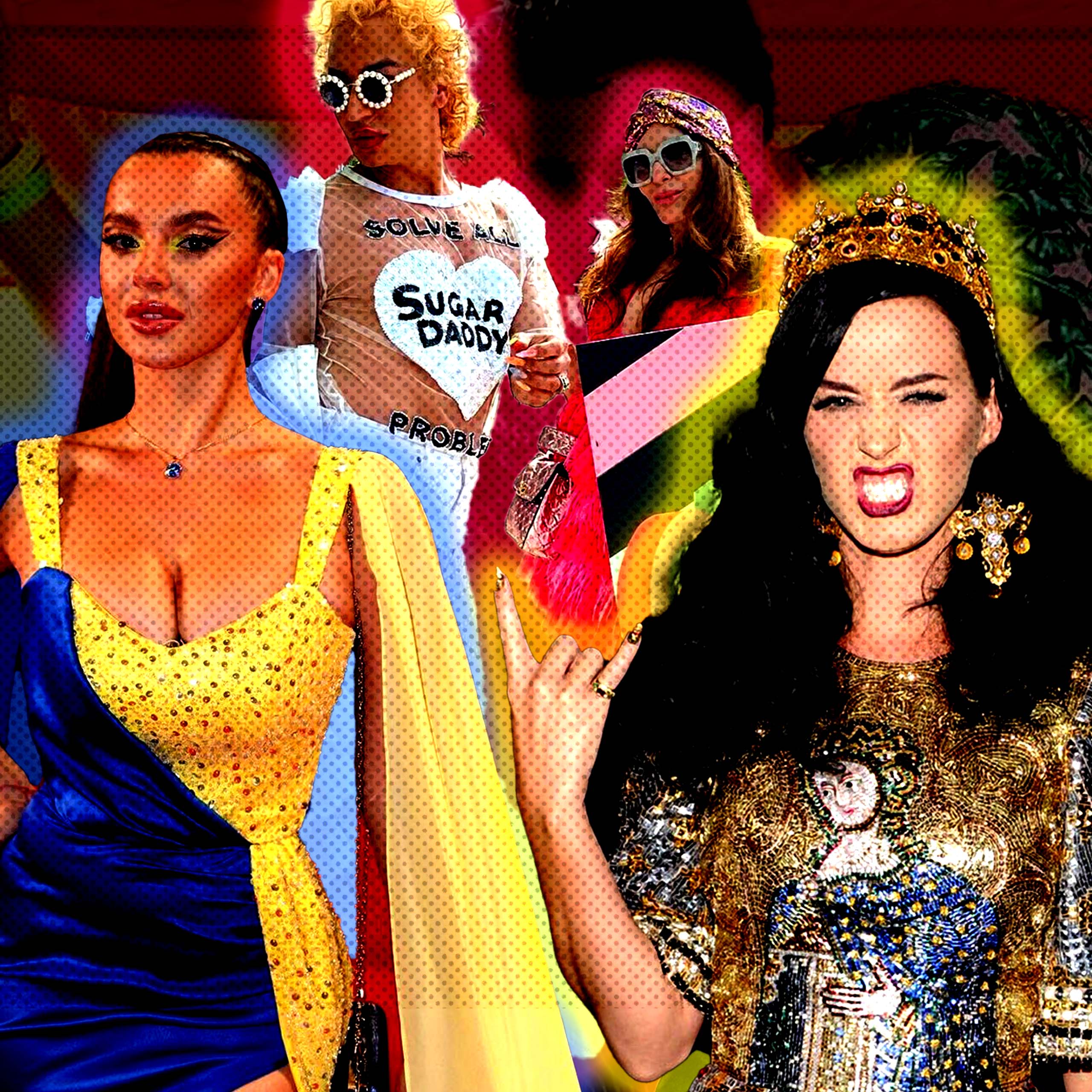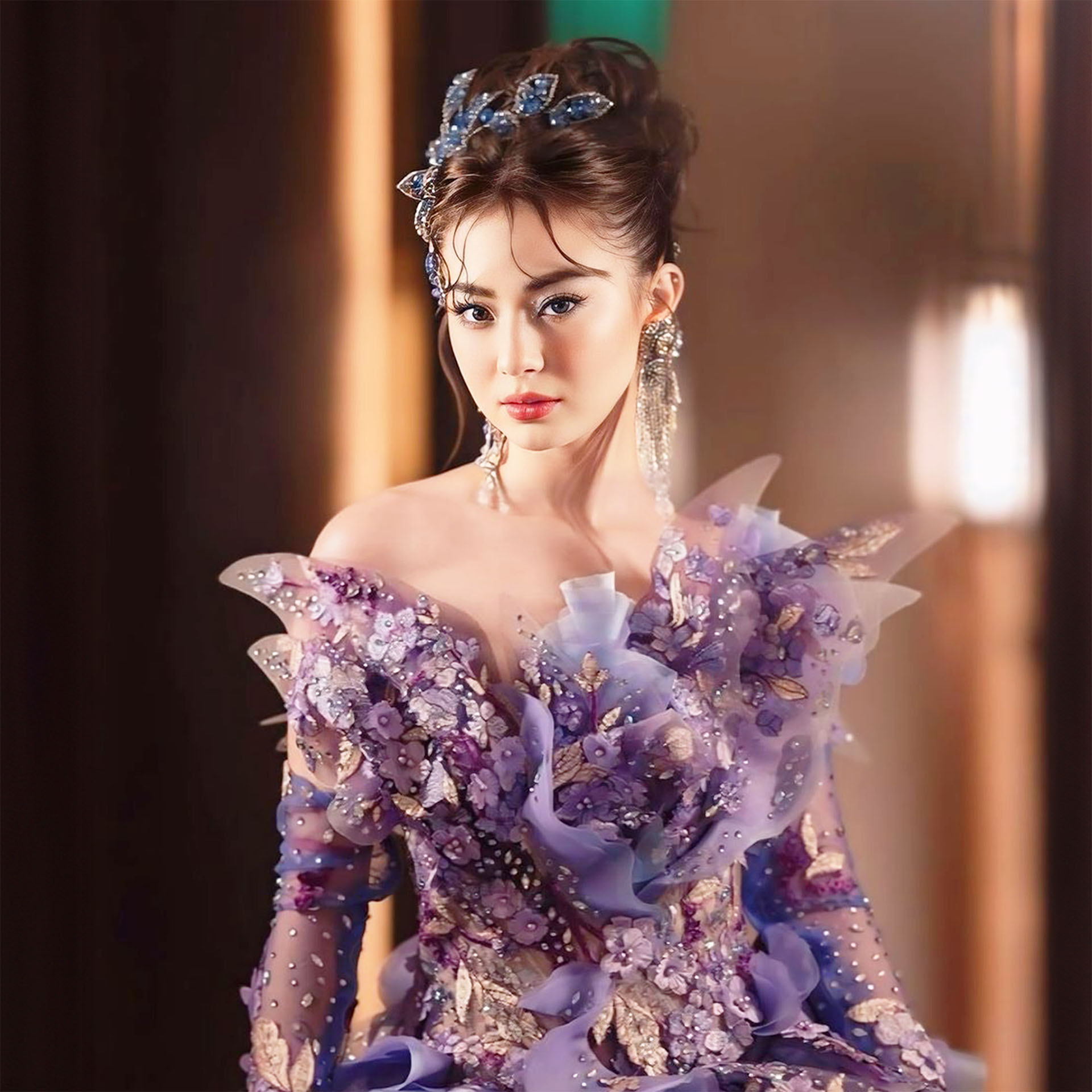From red carpets to museum exhibitions, explore the captivating intersection of fashion and protest as Gen Z pioneers a new era of sartorial activism
In an era marked by social activism and cultural shifts, the relationship between fashion and protest has become a thought-provoking and timely conversation, particularly after a recent incident during the Cannes Film Festival. The red carpet witnessed a startling moment when influencer-slash-fitness trainer Ilona Chernobai, adorned in the colors of the Ukrainian flag, poured fake blood all over herself. Immediately after, she was rushed out of the red carpet by security. This incident highlights the blurred line between fashion and protest, urging all of us to contemplate the implications and possibilities of this intersection.
RELATED: Kylie Verzosa and Pia Wurtzbach Made Their Second Appearance at the Cannes Film Festival
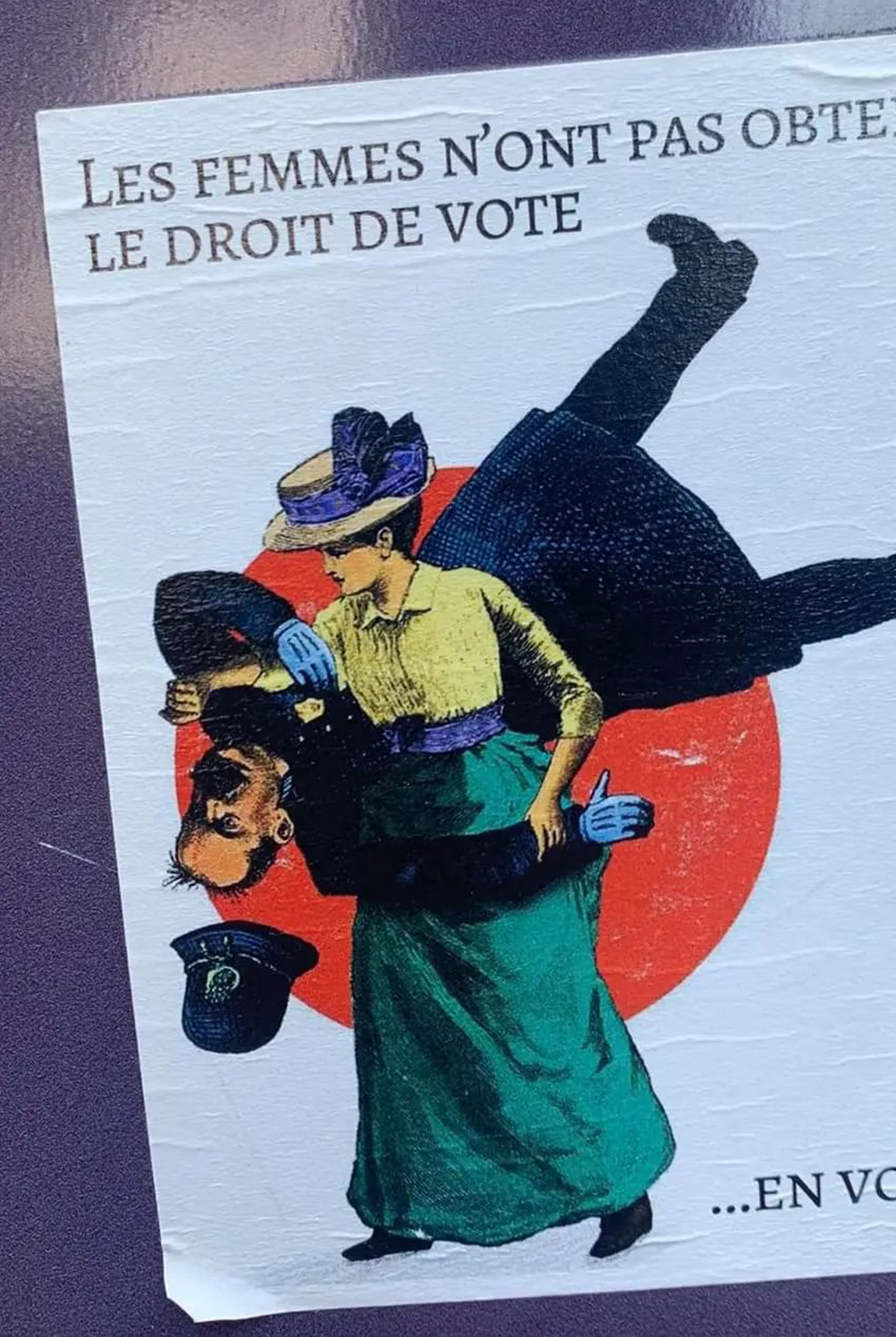
As young activists take to the streets and red carpets alike, expressing their beliefs through fashion choices, it’s crucial to explore this complex dynamic with a critical lens. Let’s dive into whether fashion and protest should coincide based on the dynamics of the two throughout history and in the modern age.
The Historical Connection
Throughout history, fashion has played a significant role in political and social movements. From suffragettes donning purple, white, and green sashes in the early 20th century to the Black Panther Party’s adoption of black leather jackets, berets, and afros in the 1960s, clothing has acted as a visual symbol, uniting individuals around a cause. This historical precedent highlights the potential power of fashion as a tool for protest.

The Rise of Sartorial Activism
In recent years, sartorial activism has gained prominence with Gen Z leading the way. Young activists are using their fashion choices to make bold statements and challenge the status quo. From wearing slogan tees advocating for Black Lives Matter to sporting rainbow-colored accessories in support of LGBTQ+ or equal rights, fashion has become a canvas for self-expression and activism. It provides a visible and accessible means to spark conversations and raise awareness about pressing social issues.
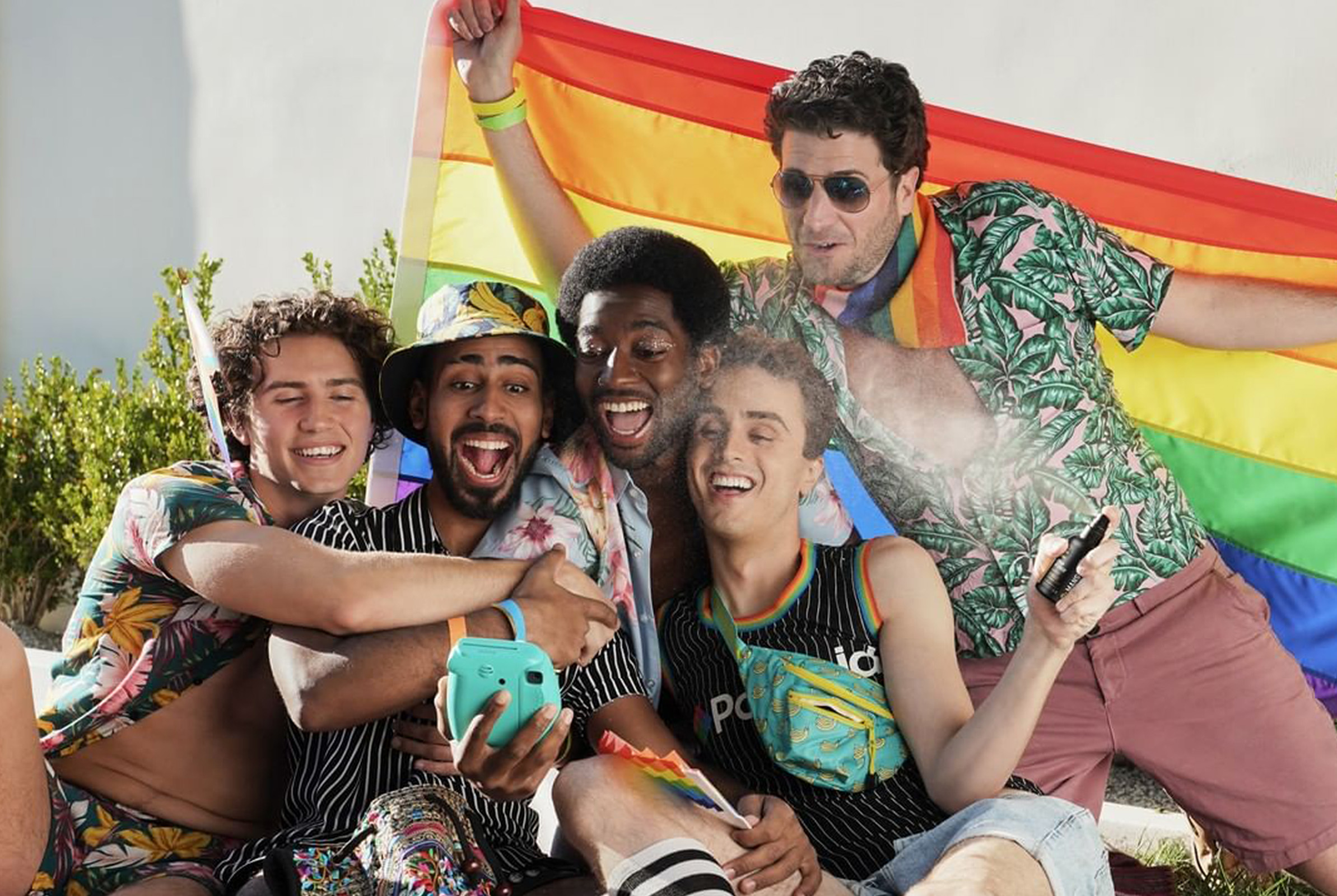
Influence on Cultural Conversations
Fashion’s ability to influence cultural conversations cannot be overlooked. The rise of social media has amplified the impact of sartorial activism as images and messages can be shared instantaneously, reaching a global audience. Iconic moments like the Punk: Chaos to Couture exhibition at the Metropolitan Museum of Art’s Costume Institute in 2013—this exhibition, dedicated exclusively to exploring punk’s impact on high fashion, not only delved into anti-establishment views and individual freedoms, but also raised pressing social issues, including climate change, by showcasing protest fashion items.
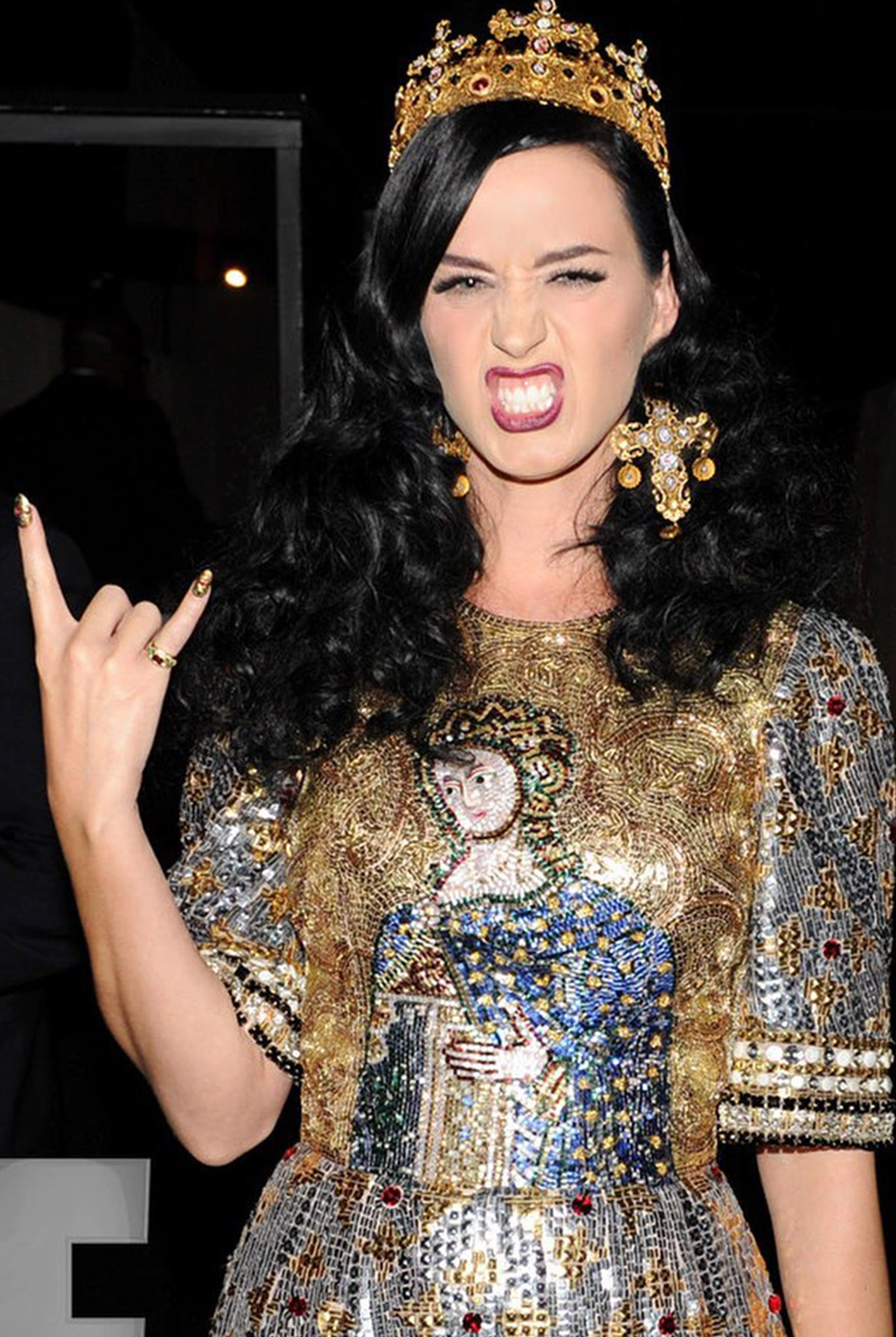
Challenges and Considerations
While fashion can be a powerful ally in protest movements, it’s important to acknowledge the challenges and considerations involved. Some critics argue that the commercialization of activist symbols dilutes their original meaning, leading to “slacktivism” or performative activism. Others question whether fashion’s inherent consumerism aligns with the genuine pursuit of social change. Balancing the desire for personal style with a commitment to meaningful action can be a delicate task.
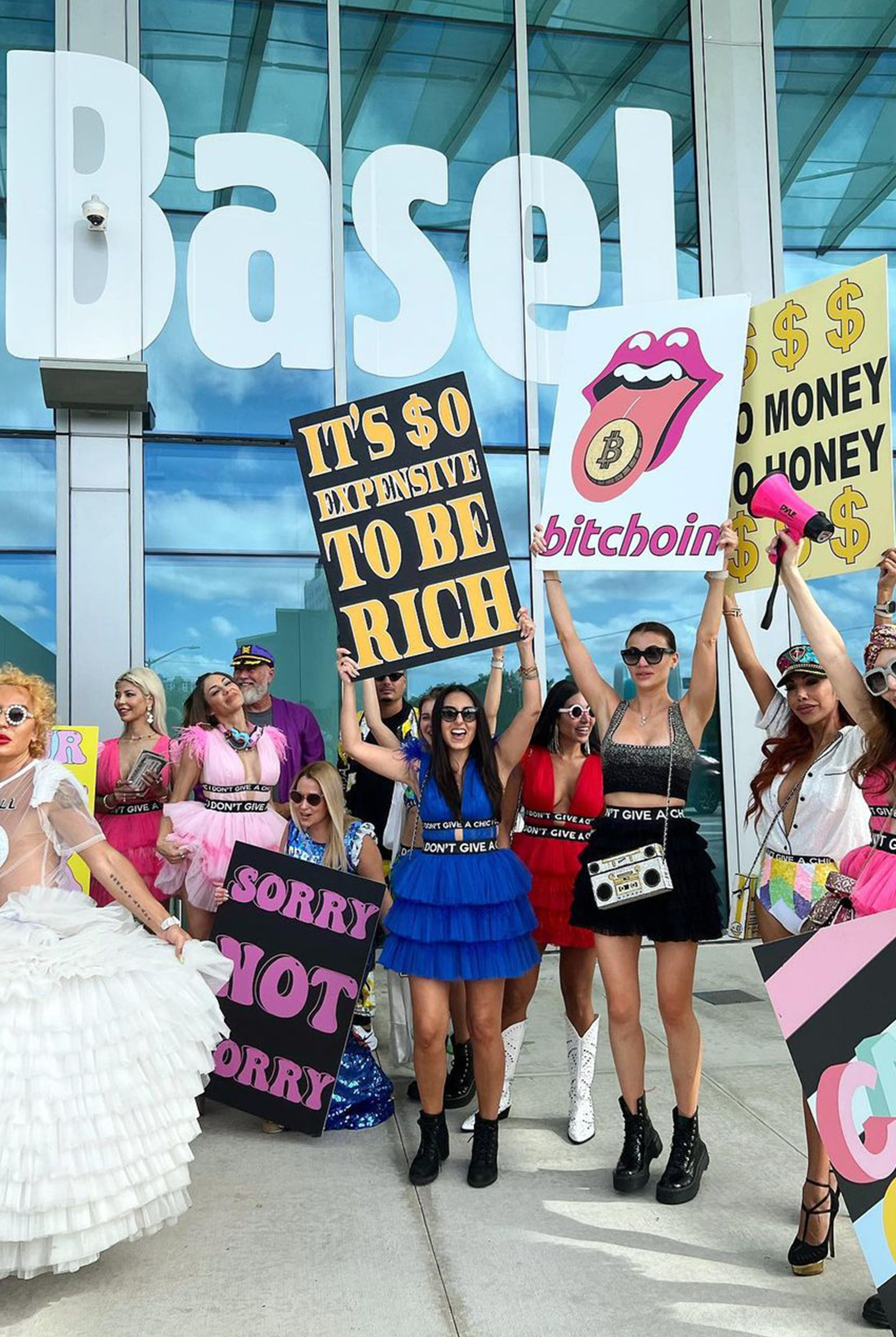
The Responsibility of Fashion
Fashion brands have a vital role to play in navigating this intersection. They must ensure authenticity and transparency when aligning with social causes, avoiding tokenism or empty gestures. Consumers, too, have a responsibility to support brands that prioritize ethical practices and meaningful activism. By holding brands accountable, we can shape the future of fashion, demanding sustainability, diversity, and inclusivity.

The question of whether fashion should coincide with or coexist alongside protests remains subjective, yet undeniably relevant for all of us, especially for the current and coming generations. Fashion, as a form of self-expression, has the potential to amplify and support social movements, allowing young activists to communicate their beliefs with the world. However, it is essential to strike a balance between personal style and meaningful action, avoiding the pitfalls of performative activism. By harnessing the power of fashion responsibly, we can reshape the fashion industry and contribute to a more equitable and inclusive world.
